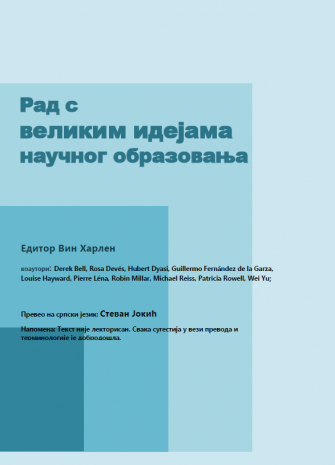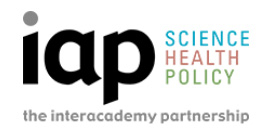This publication sets out 10 big ideas of science (e.g. ‘All matter in the Universe is made of very small particles’), and four ideas about science (e.g. ‘Scientific explanations, theories and models are those that best fit the evidence available at a particular time’). For each of these big ideas the progression in development is described in terms of a narrative; a story of how small ideas build into bigger ones. The stories begin with the small and contextualised ideas that students in the primary or elementary school, through appropriate activities and with support, will be able to grasp. These are followed by ideas that lower secondary school students can develop as their increasing capacity for abstract thinking enables them to see connection between events or phenomena. There is a rough indication of what is appropriate at different ages and stages but without identifying hard boundaries between what is appropriate at various ages. It is important to allow for diversity in the paths of cognitive development of individual students and for differences among ideas. At all points the aim is to move a little further towards a big idea, not to try to forge a link between every activity and the most sophisticated form of the idea. How far students can move in this direction at any time depends on a number of contextual variables, not least the pedagogy they experience.
Working with Big Ideas of Science Education discusses the implication for the selection of content, pedagogy, student assessment and teacher education of putting the principles and big ideas into practice. In relation to pedagogy there is a reciprocal relationship between inquiry and working towards big ideas. Inquiry facilitates deep understanding, but will only be of benefit to young people if the ideas they develop lead them to make sense of the world around and appreciate the nature of science and its impact on our lives.
Translation done by Dr. Stevan Jokic.

